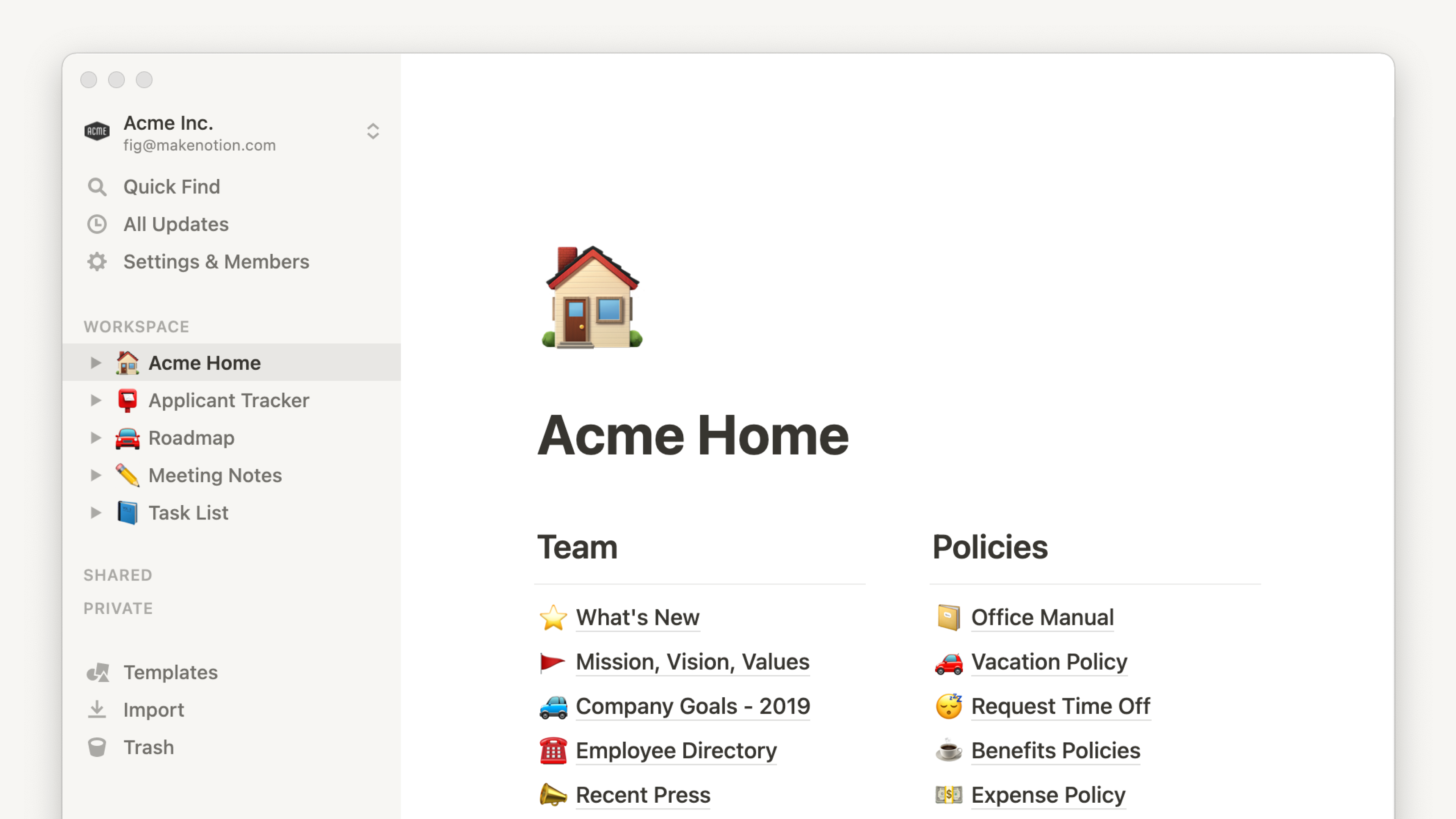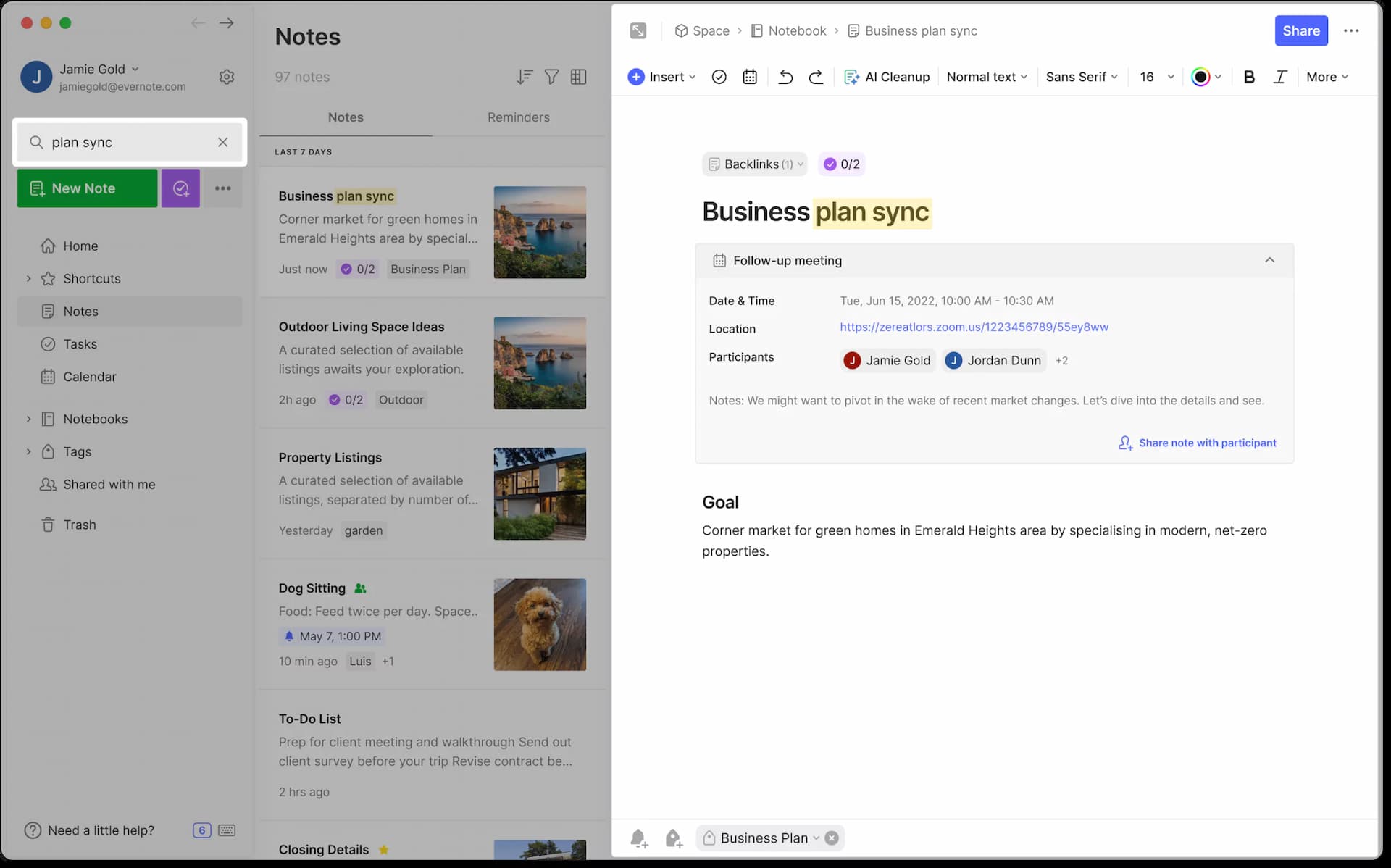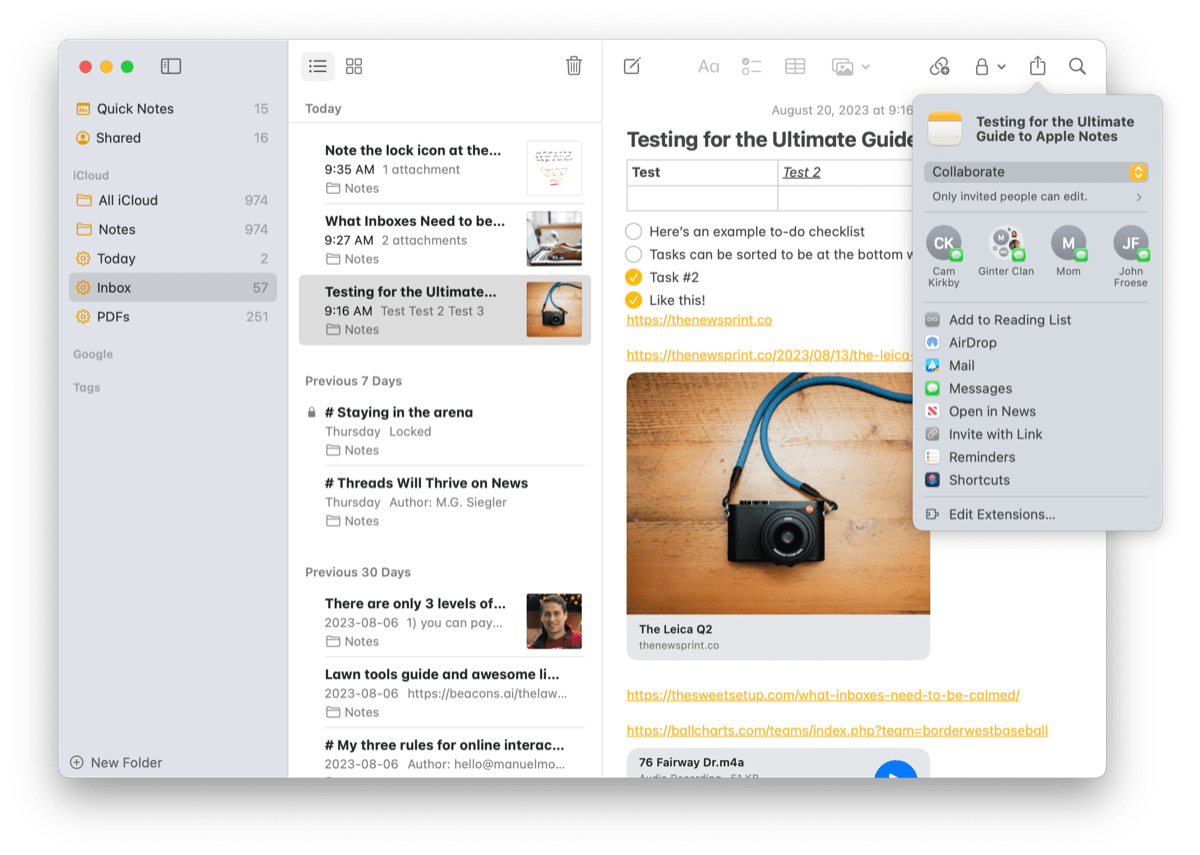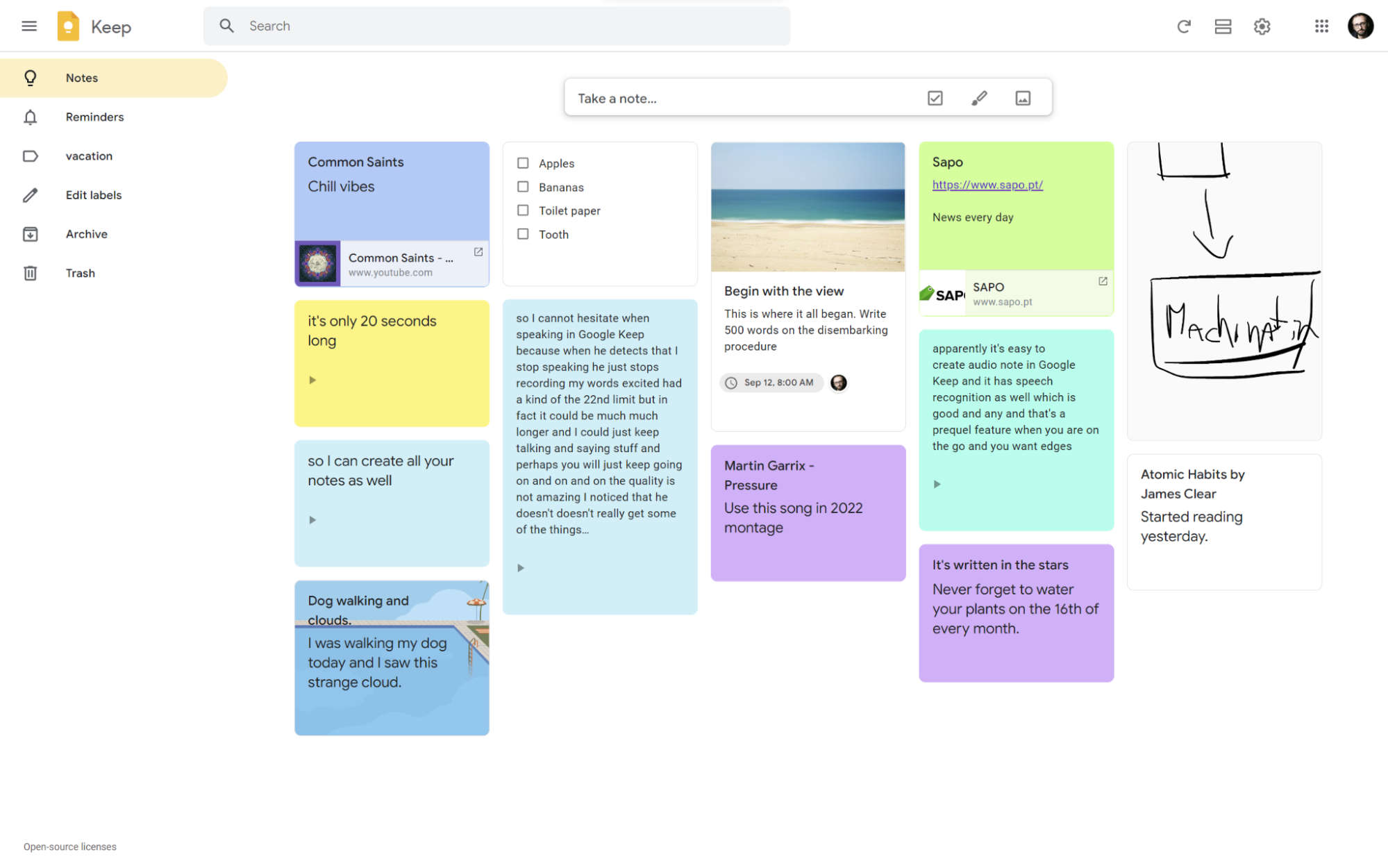Let me guess—you've got sticky notes all over your desk, half-written ideas buried in random notebooks, and to-do lists scattered across apps that don’t talk to each other. Sound familiar?
Yep, I’ve been there too. And that’s exactly why finding the right note-taking and planning apps changed everything for me.
In this guide, I’m breaking down the best tools out there so you can stop feeling overwhelmed and finally stay organized (without juggling five apps). Whether you're a student, a creative, a busy professional, or just someone on a mission to get your life together—this one's for you. 💪
Why Note-Taking and Planning Apps Matter
Let’s be real—our brains weren’t designed to remember everything. That’s why we rely on notes, plans, and checklists to keep us on track. But here's the kicker: not all apps are equal.
Some are perfect for writing long-form ideas, others are lifesavers for managing projects or syncing notes across every device you own. Getting that perfect combo of features is where the magic happens.
And once you’ve got the right tool in place? Your productivity goes next level.
What to Look for in a Note-Taking App
Before we dive into reviews, let’s talk about what actually matters when choosing a note-taking or planning app.
Core Features to Consider
Ask yourself: what do you need your app to do for you?
Rich Text & Media Support – Can you add images, links, code blocks, to-do lists?
Tagging & Organization – Folders? Tags? Nested pages? That stuff makes retrieval way easier.
Search Functionality – If you can’t find your notes later, what’s the point?
Collaboration Tools – Need to share your notes or collaborate on projects?
Planning vs. Note-Taking Focus
Some apps are designed more for long-form writing and idea capture (like Obsidian), while others lean heavily into to-do lists and calendars (like Notion).
You’ll want to be honest about your priorities. Are you mapping ideas? Planning tasks? Doing both?
Platform & Sync Support
Here's the kicker—does it work where you work?
Windows, macOS, iOS, Android, Web?
Sync across devices in real-time?
Offline access?
Imagine drafting your grocery list on your laptop, editing it on your phone, and then checking it off at the store—without a hiccup. That’s the dream.
Data Privacy and Export Options
Your ideas are yours—so you should be able to back them up and move them anywhere.
Look for:
Export options (Markdown, PDF, HTML, etc.)
Encryption or end-to-end privacy
Open-source tools if you want total control
App Reviews & Comparisons
Alright, time to get into the nitty-gritty. Here’s a look at 7 top-rated note-taking and planning apps, what they do best, and who they’re for.
1. Notion
Best For: Custom Workspaces & Project Planning
Notion is like playing digital LEGO—you can build anything from a simple to-do list to an entire project dashboard.

Key Features:
Pages within pages (infinite nesting)
Relational databases
Kanban boards, calendars, & timelines
Templates galore
Pros:
Extremely customizable
Great for teams & solo workers
Web + desktop + mobile supported
Cons:
Maybe too flexible (can feel overwhelming)
Lacks true end-to-end encryption
Ideal Use Cases: Project planning, team collaboration, content calendars
2. Evernote
Best For: Traditional Note-Taking & Organization
Evernote has been around forever—and there’s a reason. It's rock-solid for organizing notes, ideas, and research.

Key Features:
Web clipper (saves parts of the web)
Tags & notebooks
Cross-platform syncing
Pros:
Versatile and intuitive
Web clipper is a gem
Strong search functionality
Cons:
Pricey premium tier
Interface feels a bit dated
Ideal Use Cases: Research, personal knowledge bases, meeting notes
3. Microsoft OneNote
Best For: Students & Office Users
A digital notebook designed almost exactly like your old-school binder.
OneNote↗
Key Features:
Handwriting & drawing tools
Audio note recording
Deep MS Office integration
Pros:
Free and feature-rich
Great for stylus users
Easy section/page layout
Cons:
Syncing can be glitchy
UI feels cluttered at times
Ideal Use Cases: Lecture notes, class organization, brainstorming on touchscreens
4. Apple Notes
Best For: Apple Ecosystem Users
Sometimes simple is better—and Apple Notes hits that sweet spot. Seamlessly integrated into iOS/macOS.

Key Features:
Fast syncing across Apple devices
To-do lists, checklists, tables
Handwriting & sketching
Pros:
Clean interface
Native iOS/macOS integration
Totally free
Cons:
No Android or Windows support
Limited sorting/tagging
Ideal Use Cases: Everyday note-taking, journaling, grocery lists (plus iCloud sync is 🔥)
5. Google Keep
Best For: Quick Notes & Simple Reminders
Sticky notes, but smarter—Google Keep is ideal for fast, no-fuss capturing.

Key Features:
Color-coded cards
Location-based reminders
Voice memos
Pros:
Super fast and lightweight
Google integration
Quick sharing & collaboration
Cons:
Not great for long-form content
Limited organization features
Ideal Use Cases: Shopping lists, reminders, fast idea capture
6. Obsidian
Best For: Markdown Users & Knowledge Management
Obsidian is like a second brain for power users. If you love Markdown, backlinks, and building your own personal wiki—the hype is real.

Key Features:
Markdown-based file storage
Graph view connections between notes
Vaults for local storage (no cloud required)
Pros:
Full control over your data
Plugin-rich ecosystem
Zero subscription needed
Cons:
Steep learning curve
Not beginner-friendly
Ideal Use Cases: Zettelkasten method, writing, personal knowledge wikis
7. Joplin
Best For: Open-Source & Privacy-Focused Users
If privacy is your priority, Joplin is a serious contender. It’s open-source, flexible, and supports syncing via your choice of cloud provider.
Key Features:
Offline-first design
Open-source and free
End-to-end encryption
Pros:
Excellent for privacy advocates
Supports Markdown
Import/export capabilities
Cons:
UI not very polished
Some features require setup
Ideal Use Cases: Secure journaling, decentralized notes, developer notes
Comparison Table: Features at a Glance
App | Best For | Sync Across Devices | Offline Access | Collaboration | Data Privacy |
|---|---|---|---|---|---|
Notion | Custom Planning | ✅ | ✅ | ✅ | ❌ |
Evernote | Traditional Note-Taking | ✅ | ✅ | ✅ | ⚠️ |
OneNote | Students & Office Users | ✅ | ✅ | ✅ | ⚠️ |
Apple Notes | Simplicity on Apple Devices | ✅ (Apple only) | ✅ | ✅ | ⚠️ |
Google Keep | Quick Notes & Reminders | ✅ | ✅ | ✅ | ❌ |
Obsidian | Markdown + Knowledge Base | ⚠️ (manual sync) | ✅ | ❌ | ✅ |
Joplin | Privacy & Open Source | ⚠️ (custom sync) | ✅ | ❌ | ✅ |
Best Apps by Use Case
No time to test every app? Here’s what I recommend based on real-world use:
For Students: Microsoft OneNote or Joplin
For Professionals: Notion or Evernote
For Creatives: Obsidian or Apple Notes
For Privacy-Conscious Users: Joplin or Obsidian
For Project Planning: Notion (with templates = 🧠💥)
Choosing the Right App for You
At the end of the day, your perfect app isn’t about what’s trending—it’s about what works for you.
So pause and ask:
Do you need to capture quick thoughts or map out projects?
Are you working solo or managing a team?
How important is data privacy to you?
I always suggest starting simple. Pick one app, use it consistently for two weeks, and see if it clicks. That’s how habits form and clarity comes.
Tips for an Effective Note-Taking Workflow
Want to take things to the next level? Here’s what’s worked for me:
Create a daily note to brain-dump ideas
Use tags or folders for structure (don’t overdo it!)
Review your notes once a week to connect ideas
Use templates to save time (especially in Notion)
FAQs
Q: Which note-taking app is best for offline use?
A: Obsidian and Joplin are top picks—they store everything locally.
Q: Can I use multiple apps together?
A: Absolutely. I use Google Keep for quick captures and Obsidian for deep work.
Q: Are there free note-taking apps that are good?
A: You bet—OneNote, Google Keep, Apple Notes, and Joplin are all fantastic and free.
Recommended Resources & Alternatives
If you're still exploring, check out:
Todoist – for focused task management
Zettlr – Markdown-focused research & writing
Logseq – a privacy-first, graph-based notes system
Roam Research – great for linked thinking (if you don’t mind the subscription)
Finding the perfect note-taking and planning app changed the way I work, think, and stay focused. And it can do the same for you. 🌟
So—ready to upgrade your note game? Let’s do it.